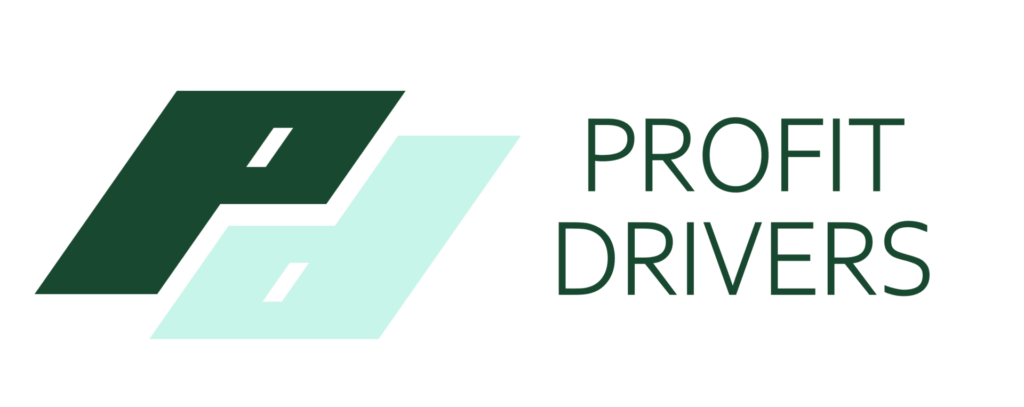Mastering Market Dynamics: How to Choose the Best Pricing Strategy for Your Business
The increasing volatility of the marketplace, fueled by a global pandemic and inflation, has given way to a competitive landscape that requires enterprise-level companies to constantly adjust their pricing strategies to keep up with shifting price levels and dynamics. With so many factors to pull in at once, it’s no wonder the process of selecting the best pricing strategies can be overwhelming. Where do you start? And how do you know you’re not just guessing in the dark?
Scott Green, founder, and CEO of Profit Drivers, is going to walk you through the steps businesses like yours need to consider today when evaluating and selecting pricing strategies that align with your business objectives and safeguard competitiveness in the market.
Key Steps to Finding the Right Pricing Strategy for Your Business
Not too long ago, a business could set its pricing strategy a month, six months, or even a year out; now, the market demands almost real-time renegotiations in many industries.
Identifying the best pricing strategy for your business in an evolving environment isn’t easy. To help, here are the most critical steps you should be taking from now on to ensure the pricing strategy you choose is the right one at every iteration.
1. Take Advantage of External Data
If you look around, there’s a lot of data available to feed into your pricing, whether from competitors, the industry, or customers themselves – and it’s more accessible than ever with technologies like web scraping automation and AI (Artificial Intelligence) algorithms.
Transcend the limitations of your internal data or niche industry and look externally to monitor market trends and competitors. This provides a comprehensive overview of the factors driving price levels, which can be utilized for pricing strategies. Pricing strategies are challenged by competitors daily in an increasingly volatile world, thus the ability to take advantage of data is decisive to your success.
2. Use Data-Driven Tools
To expect a single pricing practitioner to capture all the data out there and make effective pricing decisions on a consistent basis, let alone manage that data quickly and accurately 100% of the time, is a tall order. The data-driven tools allow pricing practitioners to view the captured data, make effective pricing decisions consistently, and accurately. Without a full view of the market, how can your business have confidence in its choice of pricing strategy? Data-driven pricing tools remain the critical path.
Pricing software drives decision making by bringing in an increased number of external data sources, predictive analytics, and other AI-driven processes, in addition to standardized pricing across customer segments, product lines, and markets. What’s more, pricing solutions offer the flexibility to experiment with multiple strategies to identify which one fits your business objectives best.
3, Listen to Your Customers
As intuitive as it may seem, the right pricing strategy should center on your customers. From conducting market research to detect willingness to pay and value perception, to detecting patterns in historical buying behavior, to regularly gathering feedback from your sales and customer teams, identifying customer preferences should be an ongoing conversation rather than something to “set and forget.”
4. Consider Your Business Goals
Ultimately, the best pricing strategy should align with your short and long-term business objectives. How do you want your product or service to be perceived in the market? Which customer segments are you concerned with? What does success look like for your company – increasing sales, retaining customers?
Considerations like these are key to your pricing strategy, as different pricing strategies will impact your brand image, profitability, and relationships with your consumers in different ways.
To offer an example, if your company introduces a unique product and needs its price to reflect that, value-based pricing (setting a price based on consumer perceived value) or price skimming (setting a high price at the start and decreasing it over time) are both effective strategies for communicating high value to your customers.
Next Up? Kicking off Your Pricing Strategy
In this article, we’ve covered some critical steps your company should take now to ensure it chooses the best pricing strategy for its unique goals and the current market climate.
In short, leveraging external data, along with the analytical tools to access and make sense of it, checking in with customers, and evaluating business priorities are critical paths to selecting effective pricing strategies.
Ready to optimize your pricing strategy? Contact us for personalized guidance.


